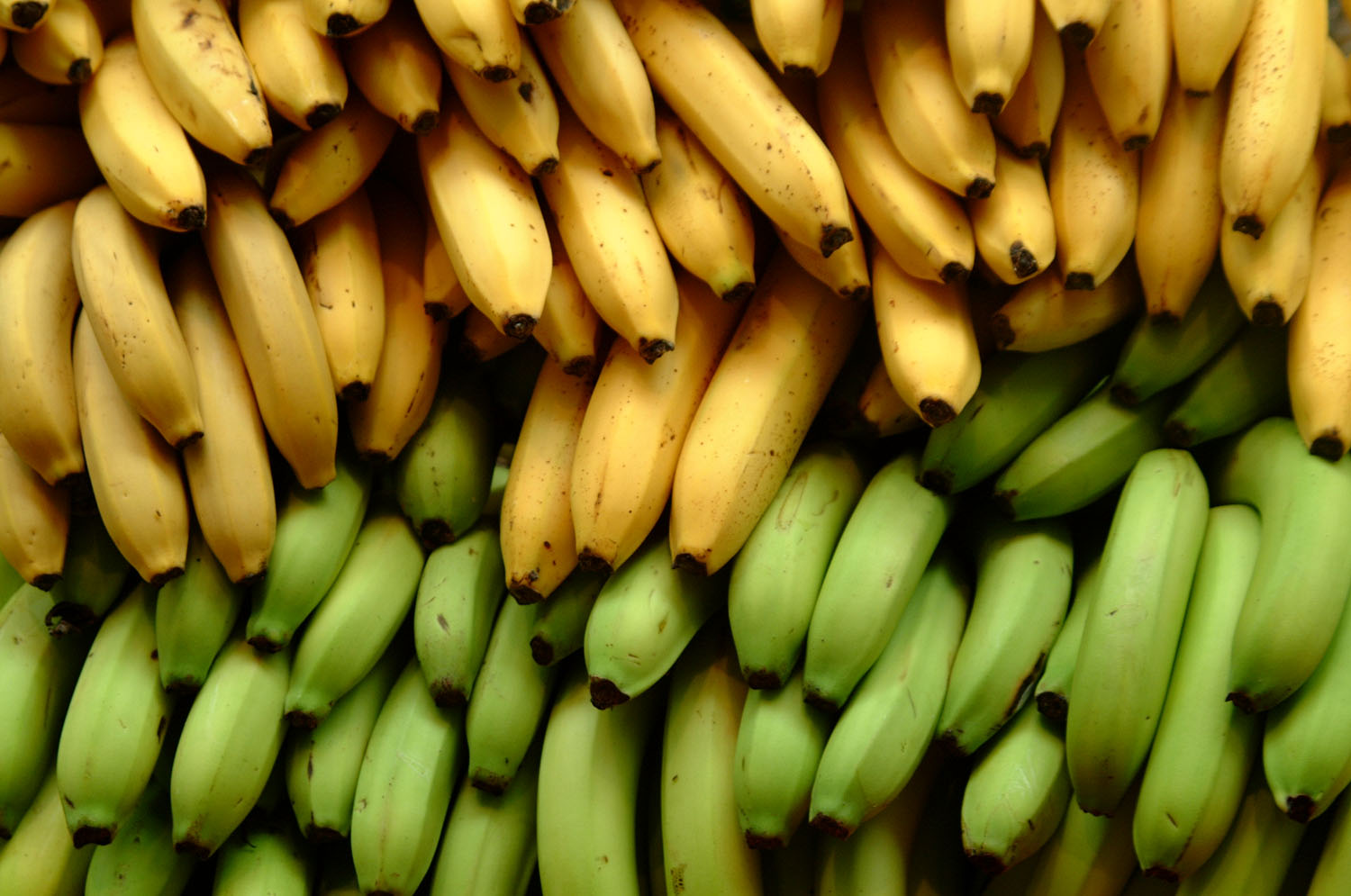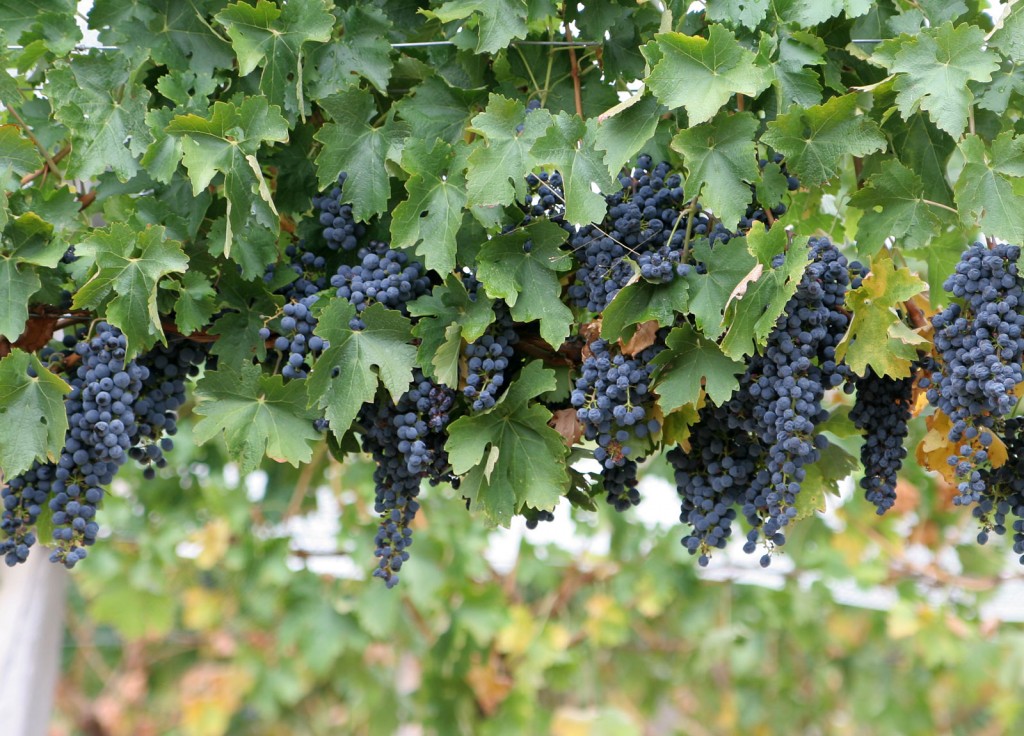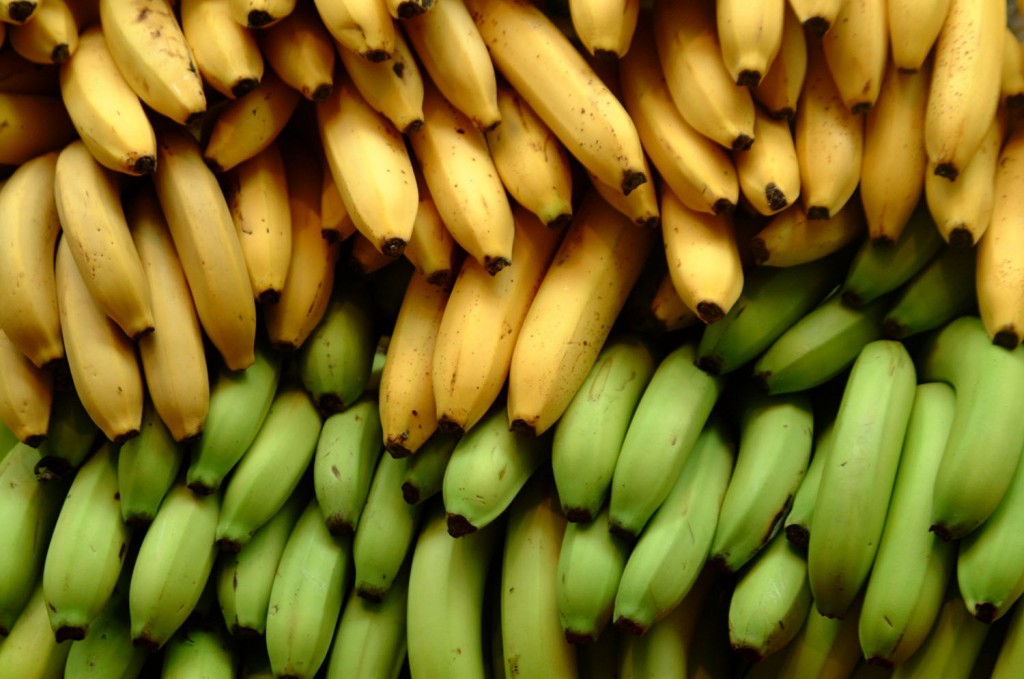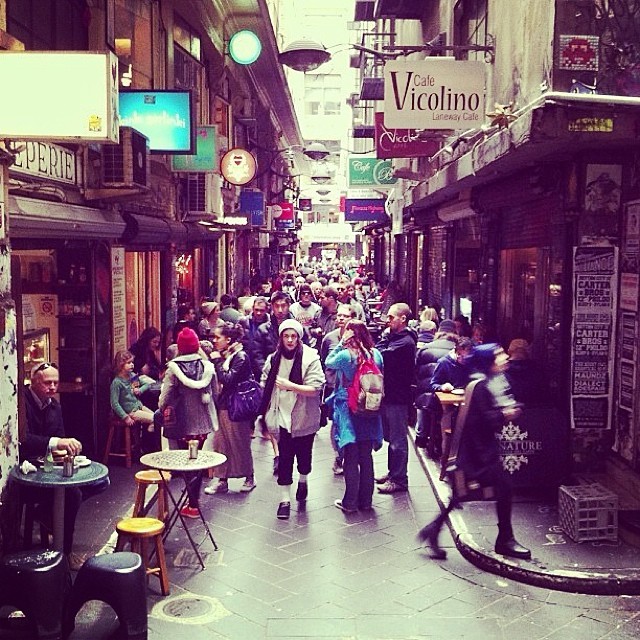
enero 23, 2015
Farm jobs in Australia: your guide
HARVEST WORK
Harvesting of fruit and vegetable crops can involve working individually, in pairs or teams. You will need to be physically fit as the job can involve climbing ladders, standing, kneeling, laying or sitting while moving through the crop or undertaking a range of duties in a harvesting team. The work can be repetitious and tiring. Most harvesting jobs are done outdoors with little or no protection from the weather. Many jobs are in locations where extremely high temperatures are common. Crops are collected in various ways and can be placed into buckets, tubs or lugs. It can be cut, clipped or picked and placed into a bag strapped to the shoulders.
WORK REQUIREMENTS
To work in Australia you will require an Australian Tax File Number (TFN) and you will be required to pay income tax. Taxes are collected by your employer and submitted to the Australian Taxation Office. You may be entitled to a refund of all or some of this taxation when you leave Australia or at the end of the Australian financial year (30th June). For further information and online service visit the Australian Taxation Office website www.ato.gov.au.
PAY RATES AND CONDITIONS
Pay rates and calculations vary from crop to crop and may include:
• wages paid on a weekly basis.
• casual work paid on an hourly basis.
• piecework paid on a per unit harvested basis.
• negotiation agreed on a start to finish basis.
Minimum rates of pay are regulated for all industries and you can check the correct rates of pay and employment conditions with the Fair Work Ombudsman – http://www.fairwork.gov.au/ or call 13 13 94.
ABOUT NEW SOUTH WALES
New South Wales is the site of Australia’s first permanent European settlement which is now Sydney. The city is built on the magnificent Sydney Harbour, one of the most spectacular and identifiable harbours in the world, and is now a bustling metropolis. New South Wales is a large state with a climate ranging from sub tropical to alpine to semi desert. The Great Dividing Range to the east divides the many popular beaches, national parks and
resorts of the east coast from rich farming lands of the western slopes and the dry western plains
that occupy two-thirds of the state. The mighty rivers: the Murray, Darling and Murrumbidgee, bring
life and riches to the dry continent as they meander across the vast inland plains of NSW.
Locations like: Ballina, Batlow, Bourke, Byron Bay, Coffs Harbour, Dubbo, Euston, Forbes, Gol Gol, Griffith, Hay, Hillston, Hunter Valley, Leeton, Lismore, Moree, Mungindi, Narrabri, Narromine, Orange, Sydney Basin, Tooleybuc, Trangie, Tumbarumba, Tumut, Warren, Wee Waa, Wentworth, Young.
Production and time of the year
Melons: Jan-May
Avocados: May-Aug
Citrus: Jan-Feb & May-Sept
Cotton: Apr & May
Nuts: May-Jul
Grapes: Feb-Sept
Vegetables: Apr-Dec
Olives: May-Jul
ABOUT QUEENSLAND
A vast range of crops are grown in Queensland, from cooler climate speciality crops in the
southern ranges to the tropical crops of the north and the broad acre crops grown on the massive
western plains of the State’s inland. The coastal strip from south to north provides an abundance
of horticultural work opportunities with much of the produce picked, packed and shipped fresh to
markets in Australia and overseas. Grain and cattle production is centred mostly in the outback
regions where conditions are often harsh, but the experiences are worthwhile. The capital,
Brisbane is in the far south, located on the banks of the Brisbane River. The resort and holiday
regions of the Gold Coast and the Sunshine Coast are to the south and north of the city. The
Great Barrier Reef, one of the great wonders of the world is located off the Queensland coast and
attracts thousands of visitors each year, as do the many islands adjoining the coastal areas which
offer spectacular fun in the sun.
Locations like: Atherton, Ayr, Boonah, Bowen, Bundaberg, Caboolture, Childers, Chinchilla, Cunnamulla, Dimbulah, Dumbulah, Dirranbandi, Emerald, Gatton, Gayndah, Gin Gin, Giru, Goondiwindi, Innisfail, Laidley, Mackay, Mareeba, Mundubbera, Murgon, Stanthorpe, St George, Sunshine Coast, Tully, Yeppoon.
Production and time of the year
Avocados: Mar-May
Bananas: Jan-Dec
Vegetables Oct-Dec
Tomatoes: Jan- Apr May-Nov
Mangoes: Nov-Dec
Melons: May & June Sept-Dec
Sugar Cane: Jun-Nov
Vegetables: Jan-Dec
Strawberries: Jun-Nov
Citrus: Apr-Aug
Avocado: Feb-Sept
Sugar Cane: Jun-Dec
Grain Harvest: Oct-Dec
Pathway to Aus offers Working Holiday packages for those who are willing to have a stress free experience. Contact us for more information.
This article is courtesy of Pathway to Aus – We provide Migration and Education services. If you are looking to extend your stay in Australia, do not hesitate to contact one of our team members to find out more about suitable options for you.



